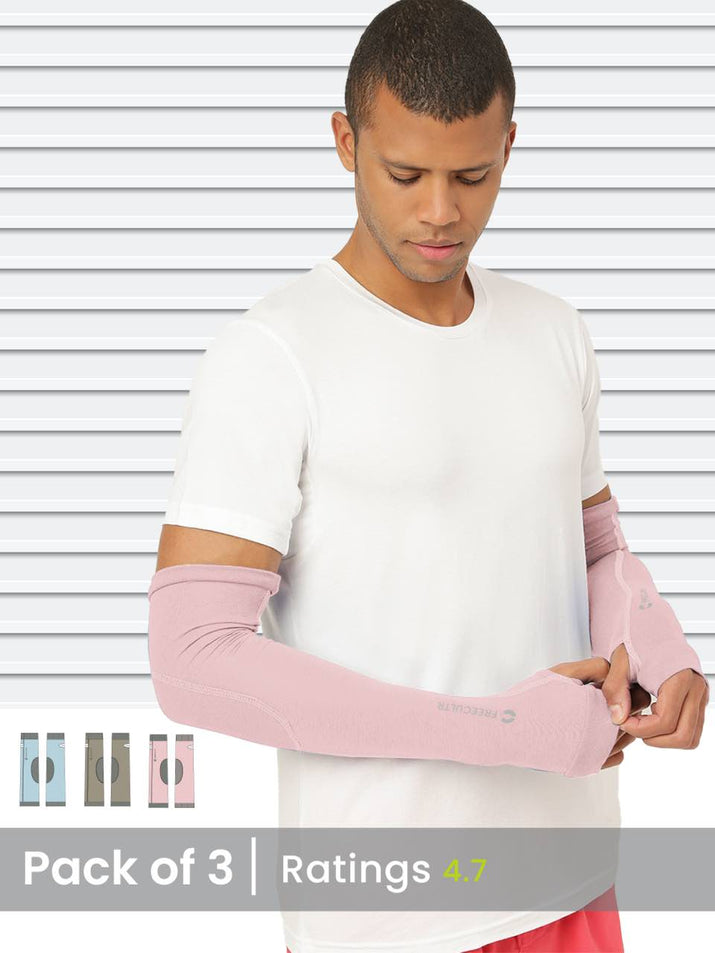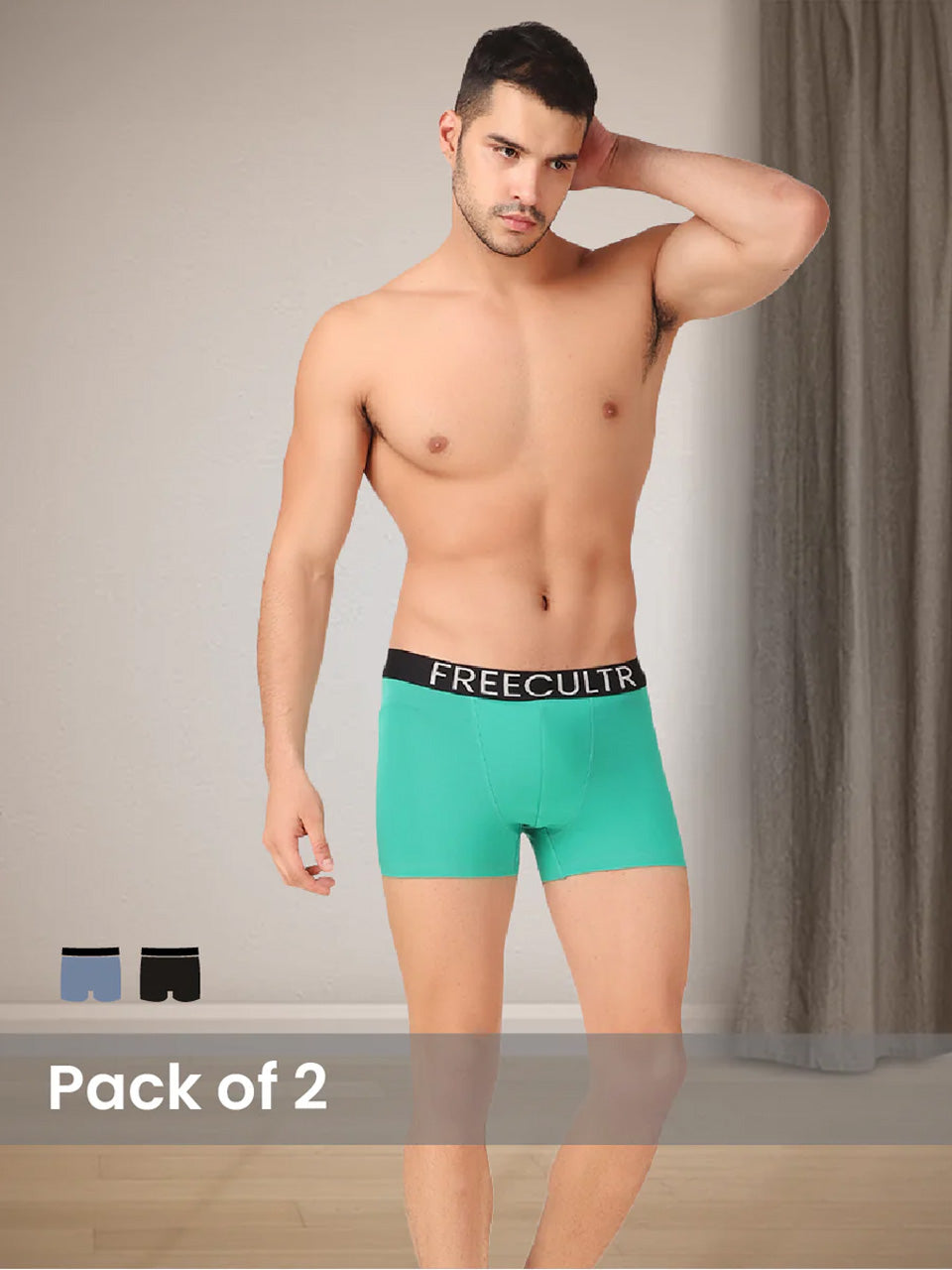Far from simple apparel, modern sleeves represent sophisticated engineering, fundamentally redefining protection and performance across diverse fields. Recent advancements in smart textiles and advanced composite materials now deliver targeted compression for enhanced athletic recovery in cycling and basketball, while simultaneously providing critical cut-resistant protection for industrial workers handling sharp tools. These dynamic garments, increasingly incorporating features like thermal regulation and impact absorption, transcend passive covering, becoming active instruments that optimize physiological function and safeguard against environmental hazards, reflecting a significant trend in wearable technology.

What Exactly Are We Talking About When We Say 'Sleeves'?
Ever thought about how many "sleeves" are actually around us, doing amazing work, without us even realizing it? We often think of shirt sleeves. the term "sleeves" in the world of technology, mechanics. even sports, refers to a wide array of components designed to encase, protect, support, or enhance the performance of something else. Think of them as specialized coverings or inserts that play a crucial role in safeguarding delicate parts, optimizing function, or even boosting human capability. From the tiny component inside your computer to the protective layer around industrial cables, sleeves are the unsung heroes that keep things running smoothly and safely. They're all about adding an extra layer of defense or improving how something operates.
The Unsung Heroes: Sleeves for Enhanced Protection
When it comes to keeping things safe from the wear and tear of daily life or harsh environments, various types of sleeves step up to the plate. They act as a crucial barrier, extending the lifespan and reliability of countless systems.
Cable Sleeves: Your Wires' Best Friend
Imagine the spaghetti mess of cables behind your TV or computer, or the intricate wiring inside a car engine. These cables are constantly exposed to potential hazards like abrasion, heat, moisture. even electromagnetic interference (EMI). That's where cable sleeves come in, offering vital protection. These specialized sleeves wrap around individual wires or bundles, creating a robust shield.
- Abrasion Resistance: Ever had a cable fray because it rubbed against a sharp edge? Cable sleeves, often made from durable materials like braided PET (Polyethylene Terephthalate) or nylon, prevent this. They're a must-have in machinery where cables move or are subjected to constant friction.
- Thermal Protection: In environments with high temperatures, like engine compartments or industrial ovens, specialized fiberglass or silicone sleeves protect wires from melting or degrading. These heat-resistant sleeves ensure electrical integrity even under extreme conditions.
- EMI Shielding: Some sleeves incorporate metallic braiding or conductive layers to block electromagnetic interference. This is super vital in sensitive electronic equipment where external signals could disrupt data transmission or cause malfunctions. Think of it like a Faraday cage for your wires!
- Organization and Aesthetics: Beyond protection, cable sleeves also help manage cable clutter, making installations cleaner and easier to troubleshoot. A tidy bundle of cables inside a braided sleeve looks a lot better than a tangled mess, right?
Real-world application: Next time you peek under the hood of your car, notice the various harnesses. Many are encased in protective sleeves to withstand engine heat, vibrations. potential chemical splashes. In data centers, miles of network cables are neatly organized and protected by expandable mesh sleeves, ensuring reliable data flow and preventing damage from foot traffic or accidental snags.
Industrial and Pipe Sleeves: Guarding Against the Elements
It's not just delicate wires that benefit from sleeves. Large pipes and industrial components also rely on them for various forms of protection.
- Corrosion Prevention: In plumbing or chemical processing plants, pipes are often exposed to corrosive substances or environmental factors like moisture and salt. Protective sleeves, sometimes made of specialized plastics or rubber, create an impermeable barrier, preventing rust and degradation.
- Insulation: Sleeves designed for insulation help maintain temperature. Hot water pipes might have foam sleeves to keep the water hot, reducing energy loss. Conversely, refrigerant lines might use insulating sleeves to prevent condensation and keep the contents cold.
- Structural Support and Sealing: In some cases, sleeves are used to reinforce joints or provide a watertight seal where pipes connect or pass through walls. This prevents leaks and maintains structural integrity.
Boosting Performance: How Sleeves Make a Dynamic Difference
Sleeves aren't just about protection; they're also about enhancing performance, whether it's in a high-speed machine or on a human body.
Mechanical Sleeves: The Workhorses of Machinery
In the world of moving parts, friction is the enemy. Mechanical sleeves, often referred to as bushings or bearings, are critical components that reduce friction, support rotating shafts. ensure smooth, efficient operation. They absorb shock, distribute loads. extend the life of expensive machinery.
Bushings vs. Bearings: A Quick Comparison
While often used interchangeably by the general public, bushings and bearings are distinct types of mechanical sleeves with different ways of reducing friction:
| Feature | Bushings (Plain Bearings) | Rolling Element Bearings |
|---|---|---|
| Mechanism | Sliding friction (a shaft rotates directly against a smooth sleeve surface) | Rolling friction (balls or rollers separate the moving parts, reducing contact area) |
| Complexity | Simpler, often a single piece of material | More complex, multiple precision-engineered components (inner/outer rings, rolling elements, cage) |
| Cost | Generally less expensive | Generally more expensive |
| Maintenance | May require regular lubrication, can wear faster | Often sealed for life, lower maintenance (but catastrophic failure can be sudden) |
| Applications | High loads, slow speeds, dirty environments (e. g. , door hinges, car suspension, agricultural equipment) | High speeds, precision, low friction requirements (e. g. , electric motors, wheel hubs, skateboards) |
Real-world application: Think about the smooth rotation of your car's wheels or the quiet hum of a washing machine. Mechanical sleeves are hard at work, allowing shafts to spin freely while supporting heavy loads. In industrial pumps, specialized composite sleeves ensure that the impeller can rotate efficiently without excessive wear on the main shaft, even in corrosive liquids. Without these sleeves, machines would quickly seize up due to friction and wear.
Performance & Compression Sleeves: Empowering the Human Body
Sleeves aren't limited to inanimate objects; they've made a significant impact in sports and medicine too! Compression sleeves are a fantastic example of sleeves designed for dynamic performance and protection for the human body.
- Muscle Support and Recovery: Athletes often wear compression sleeves on their arms, legs, or calves. These sleeves apply graduated pressure, which helps improve blood circulation, reduce muscle vibration during activity (which can lead to fatigue). aid in faster recovery by reducing swelling and lactic acid buildup after intense workouts.
- Injury Prevention: By providing gentle compression and support, these sleeves can help stabilize joints and muscles, potentially reducing the risk of strains or sprains, especially for individuals returning from injury or engaging in repetitive movements.
- Thermal Regulation: Some athletic sleeves are designed with moisture-wicking fabrics to keep the wearer cool and dry, while others offer thermal insulation for cold-weather activities.
- Medical Applications: Beyond sports, medical compression sleeves are crucial for managing conditions like lymphedema, deep vein thrombosis, or post-surgical swelling. They help reduce fluid accumulation and promote healthy circulation, showing just how versatile the concept of sleeves can be.
Personal Anecdote: As someone who enjoys hiking, I've found calf compression sleeves to be a game-changer. After a long trek, my calves used to feel incredibly sore and fatigued. Wearing these sleeves during and after hikes significantly reduced that post-hike soreness and helped me recover faster, allowing me to get back on the trails sooner. It's a small change. the impact on performance and comfort is huge!
Choosing the Right Sleeve: What to Look For
With so many types of sleeves available, how do you pick the right one for your needs? It really boils down to understanding the specific demands of your application.
- Material Matters: Are you dealing with high heat? Look for fiberglass or silicone sleeves. Need extreme abrasion resistance? Braided PET or nylon might be your best bet. For mechanical applications, consider bronze, plastic (like PTFE), or composite materials based on load and lubrication needs.
- Environmental Factors: Will the sleeves be exposed to moisture, chemicals, UV light, or extreme temperatures? Choose materials that can withstand these specific conditions without degrading.
- Flexibility and Fit: For cable management, expandable sleeves offer versatility for bundles of varying sizes. For medical use, ensure the sleeves provide the correct compression level and fit comfortably without constricting.
- Installation Ease: Some sleeves are split for easy retrofit, while others require connectors to be removed for installation. Consider how easy they are to put on and take off.
- Dynamic vs. Static: Is the sleeve protecting a stationary object or something that moves frequently? This will influence the durability and flexibility requirements of the sleeves.
A Look Ahead: The Future of Sleeves
The humble sleeve is constantly evolving. We're seeing exciting developments in smart materials, where sleeves could potentially self-heal small punctures or change their properties in response to environmental stimuli. Imagine cable sleeves that change color to indicate overheating, or mechanical sleeves that report wear data wirelessly. Advanced composite materials are making sleeves lighter, stronger. more durable than ever before, pushing the boundaries of what these protective and performance-enhancing components can do. The future of sleeves promises even more integrated protection and dynamic capabilities, ensuring that our technologies and even our bodies are better supported and safeguarded.
Conclusion
Ultimately, sleeves are far more than just fabric coverings; they are a strategic asset for both protection and dynamic performance. Consider the burgeoning trend of integrated UPF 50+ sleeves in athletic wear, a personal game-changer for my long summer hikes, offering crucial sun protection without sacrificing breathability. This evolution in textile technology underscores their role in optimizing comfort and safety, moving beyond mere warmth to become active shields against environmental factors like UV rays or even minor abrasions during outdoor activities. My key tip? Don't underestimate the power of a well-chosen sleeve for your specific needs. Look for technical fabrics that actively wick moisture for performance or provide robust yet lightweight protection. Investing in sleeves designed for your lifestyle, be it for a challenging workout or simply enhanced daily comfort, empowers you to move with greater confidence and less worry. Embrace the versatility and advanced engineering of modern sleeves; they are truly your silent partners in achieving peak performance and lasting well-being.More Articles
Tees – Casual Comfort & Endless Outfit PossibilitiesMen's T-Shirt – Durable Fabric & Everyday Style
Women's Tees – Effortless Style & Soft Cotton Blend
Men's Tank Top – Athletic Performance & Moisture-Wicking
Inner Wear – Supreme Softness & Everyday Comfort
FAQs
What are these 'sleeves' exactly?
These aren't just your average arm or leg coverings! They're specially designed sleeves crafted to offer a dual benefit: robust protection against impacts, abrasions, or environmental factors, while also supporting your muscles for better performance and recovery.
How do they actually protect me during activities?
Great question! They often incorporate advanced materials like compression fabrics for muscle stability, or sometimes even padded zones for impact absorption. This means less risk of scrapes, bumps, or strains, keeping you safer whether you're on the court, trail, or job site.
Will these sleeves make me feel stiff or limit my movement?
Absolutely not! That's where the 'dynamic performance' comes in. They're engineered with flexible, stretchable materials that move with your body, not against it. You get full range of motion, allowing you to perform your best without feeling restricted.
What kind of activities are these sleeves best suited for?
They're super versatile! Think sports like basketball, running, cycling, or even weightlifting where muscle support and protection are key. But they're also fantastic for outdoor adventures, manual labor, or any activity where you need an extra layer of durable, flexible safeguarding.
Do they help with muscle recovery after a tough workout?
Yes, many designs do! The compression element in these sleeves can help improve blood circulation, which aids in reducing muscle soreness and speeding up recovery time. So, you can bounce back quicker for your next session.
How do I pick the right size for maximum benefit?
Getting the right fit is crucial for both protection and performance. We usually recommend measuring the circumference of the part of your limb where the sleeve will sit (e. g. , bicep for an arm sleeve, calf for a leg sleeve) and then comparing it to our size chart. A snug fit is ideal. it shouldn't feel uncomfortably tight or cut off circulation.
Are these sleeves comfortable enough to wear for a long time?
Definitely. Comfort is a huge priority in their design. They're typically made with breathable, moisture-wicking fabrics that keep you cool and dry, even during extended use. This prevents chafing and discomfort, so you can focus on your activity.






